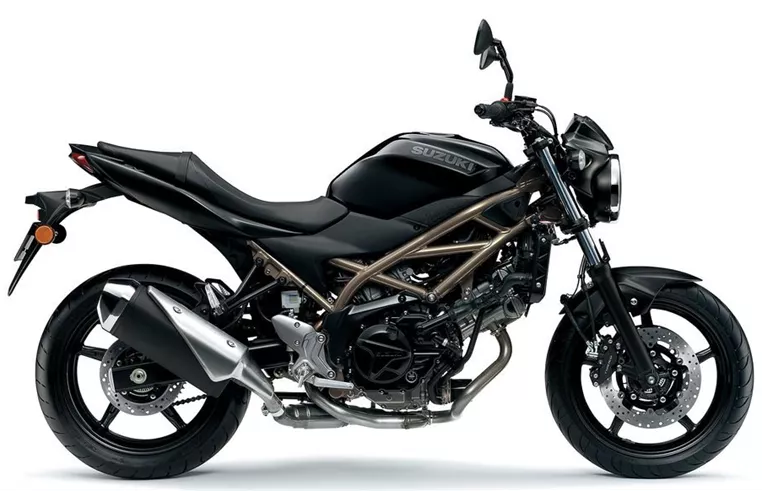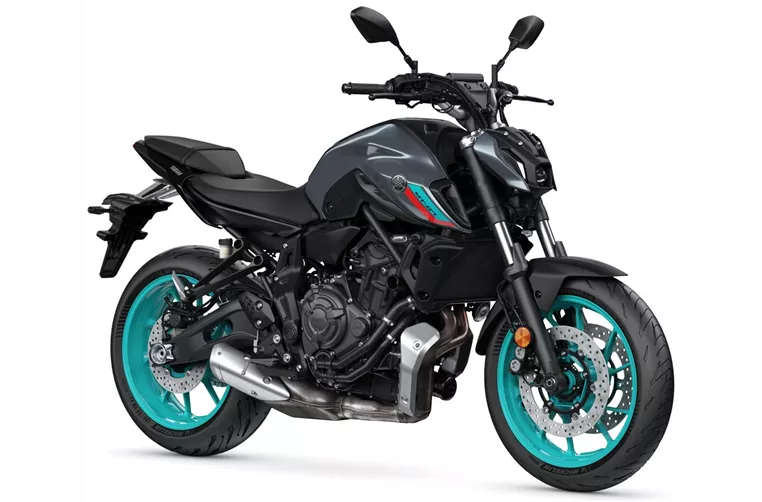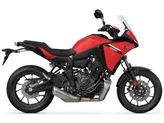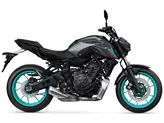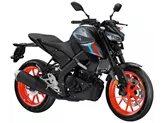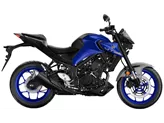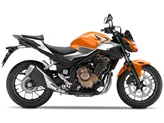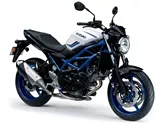Suzuki SV 650 2021 vs. Yamaha MT-07 2023
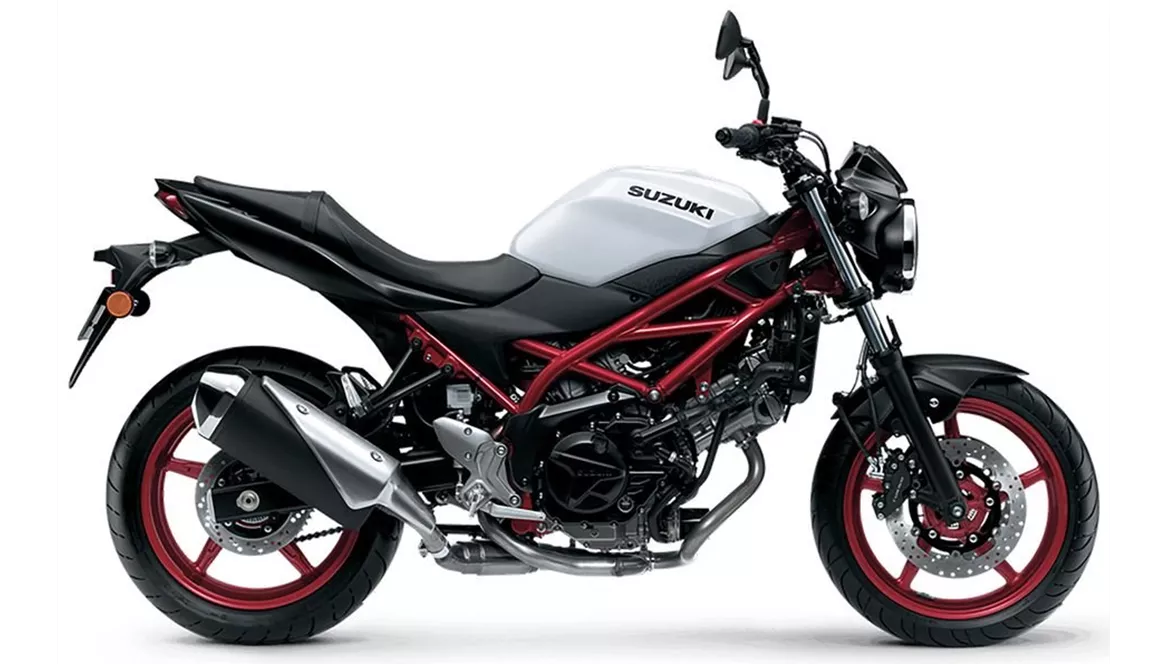
Suzuki SV 650 2021
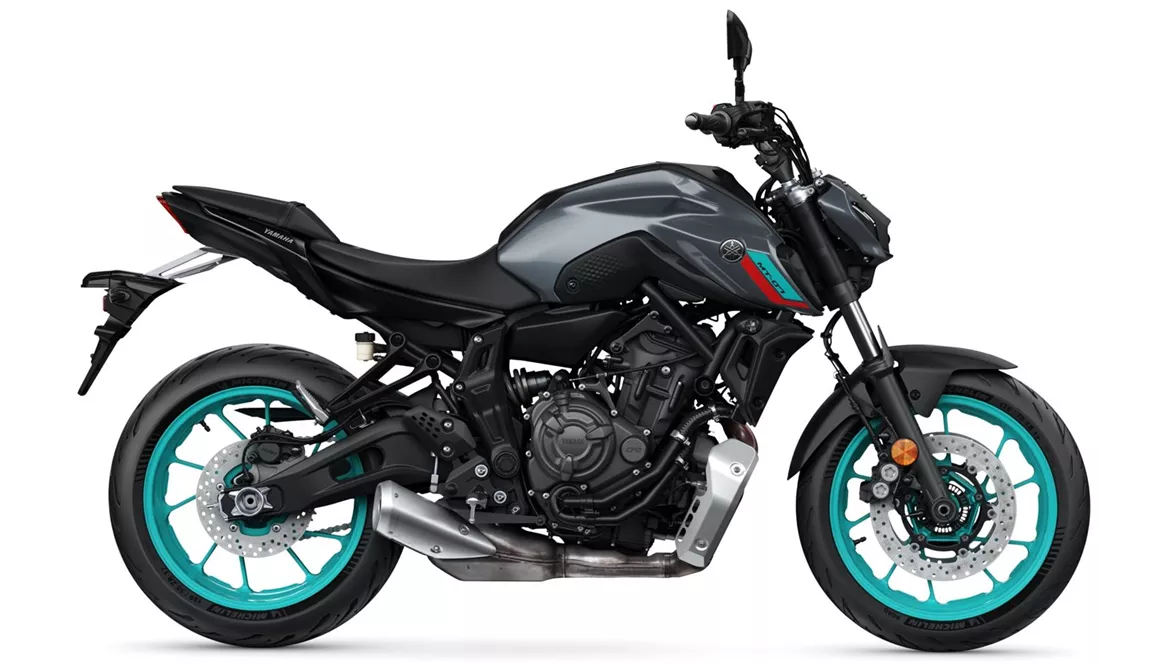
Yamaha MT-07 2023
Overview - Suzuki SV 650 2021 vs Yamaha MT-07 2023
The Suzuki SV 650 2021 and the Yamaha MT-07 2023 are both popular naked bikes that offer a thrilling riding experience. While they share many similarities in terms of engine power, fuel system, suspension, and frame, there are some notable differences between the two models.
Starting with the engine specifications, both bikes feature a 2-cylinder engine with liquid cooling. The Suzuki SV 650 has a V2 engine type with a displacement of 645cc, while the Yamaha MT-07 has an inline 2-cylinder engine with a displacement of 689cc. In terms of power, the Suzuki SV 650 produces 73 horsepower, while the Yamaha MT-07 offers slightly more power at 73.4 horsepower. The torque output is also slightly higher on the Yamaha MT-07, with 67 Nm compared to the Suzuki SV 650's 64 Nm.
When it comes to suspension, both bikes feature a telescopic fork front suspension and a swing arm rear suspension with a monoshock absorber. This setup provides good stability and handling for both models. The chassis of both bikes is made of steel, ensuring durability and strength.
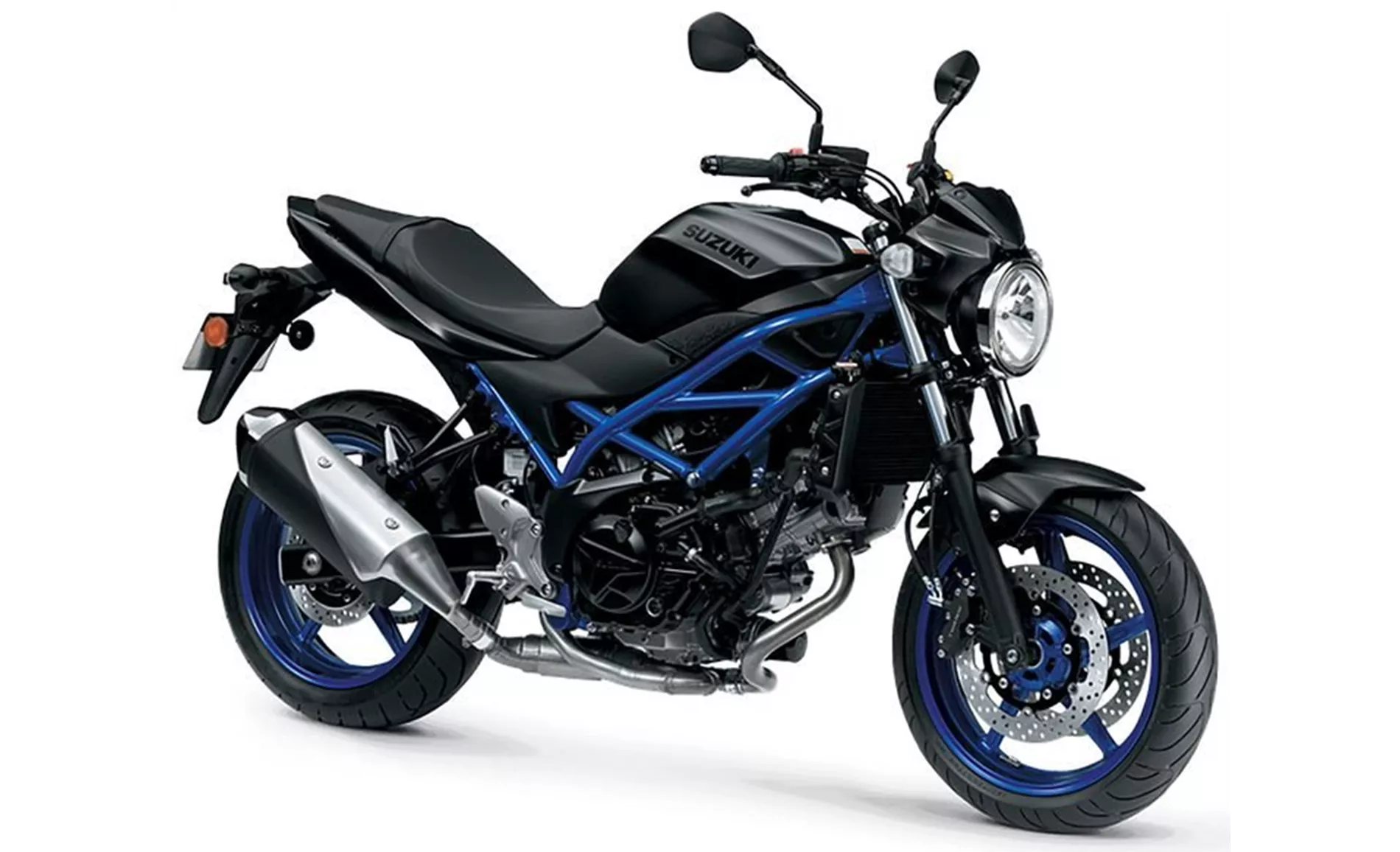
Suzuki SV 650 2021
In terms of braking performance, both bikes are equipped with double disc brakes at the front. However, the Yamaha MT-07 has slightly larger front brake discs with a diameter of 298mm compared to the Suzuki SV 650's 290mm. Both models also come with ABS as an advanced rider assistance system, enhancing safety during braking.
When it comes to dimensions and weights, there are some differences between the two models. The Yamaha MT-07 has a slightly shorter wheelbase of 1400mm compared to the Suzuki SV 650's 1445mm. The seat height is also higher on the Yamaha MT-07 at 805mm, while the Suzuki SV 650 offers a lower seat height of 785mm. In terms of weight, the Yamaha MT-07 is lighter with a kerb weight of 184kg, while the Suzuki SV 650 weighs slightly more at 200kg.
Both bikes have a fuel tank capacity of around 14 liters, offering a decent range for long rides. The combined fuel consumption is also similar, with the Suzuki SV 650 averaging 4.1l/100km and the Yamaha MT-07 averaging 4.2l/100km.
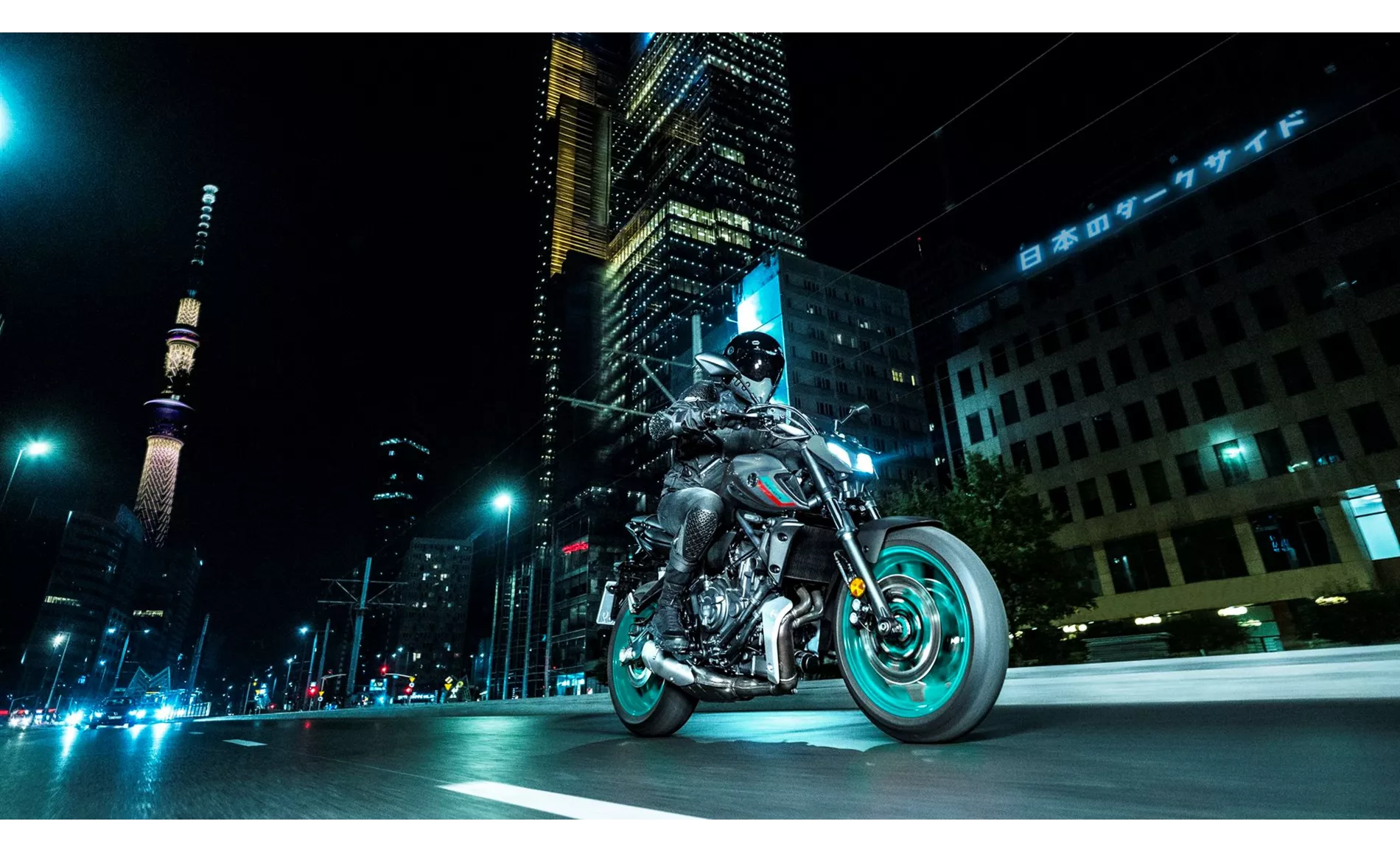
Yamaha MT-07 2023
In terms of strengths, the Suzuki SV 650 is praised for its confident V2 powerplant with character, stable chassis, comfortable seating position, easy handling, and timeless look. On the other hand, the Yamaha MT-07 is appreciated for its easy-to-read and beautiful display, charismatic engine, versatile seating position, harmonious riding experience, and good brakes.
However, both bikes have their weaknesses as well. The Suzuki SV 650 lacks electronic features apart from ABS, requires manual force for the brakes, and has moderately readable instruments. The Yamaha MT-07, on the other hand, has a lax chassis with insufficient damping, a somewhat intransparent gearshift feeling, lack of traction control, an inactive seating position, and a seat that may be too soft for long journeys.
In conclusion, both the Suzuki SV 650 2021 and the Yamaha MT-07 2023 are excellent naked bikes with their own strengths and weaknesses. The choice between the two ultimately depends on the rider's preferences and priorities in terms of performance, comfort, and features.
Technical Specifications Suzuki SV 650 2021 compared to Yamaha MT-07 2023
Pros and Cons in comparison
Pros and Cons in comparison
Suzuki SV 650 2021
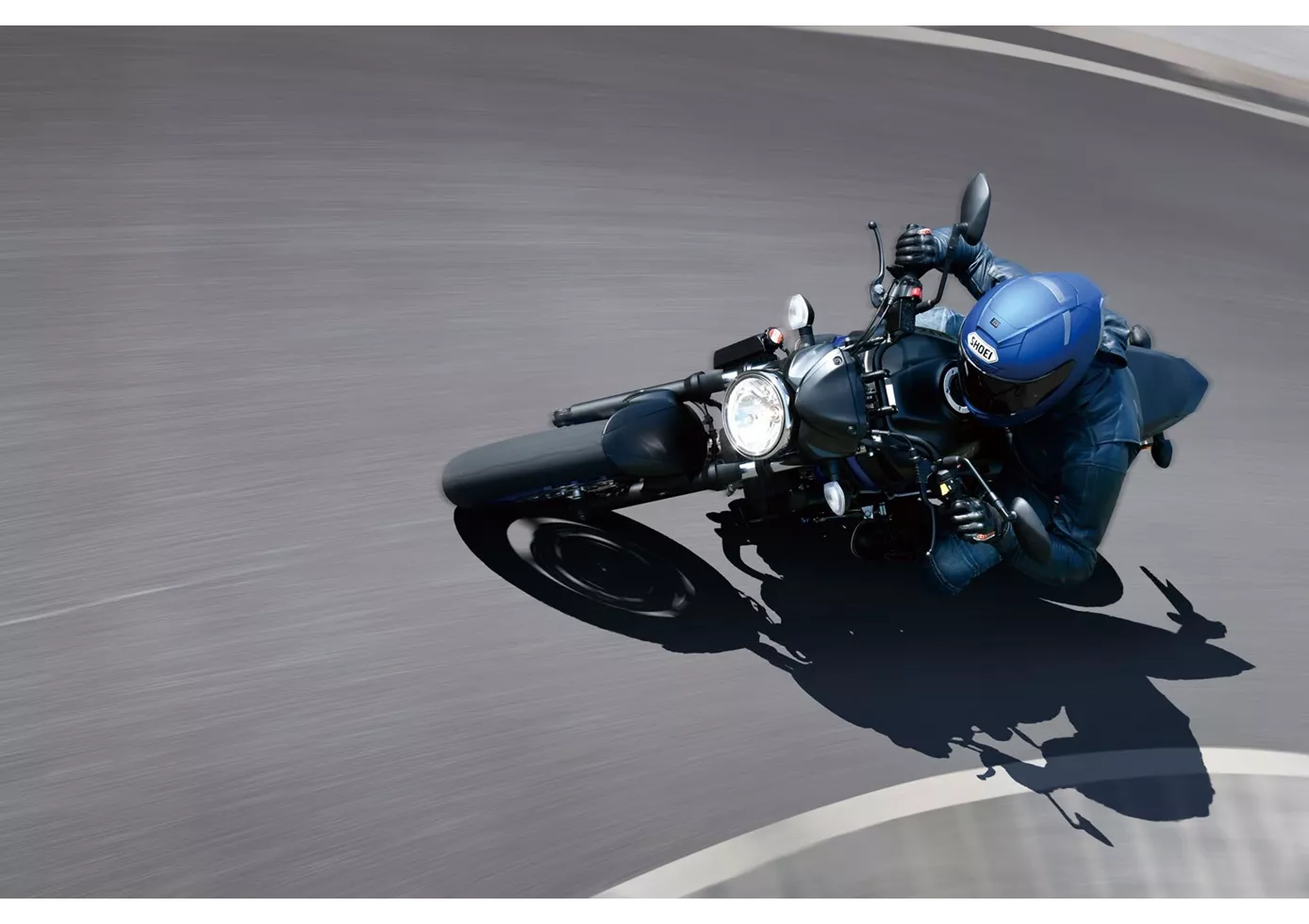
Not much has changed on the Suzuki SV 650 compared to its predecessor, five years ago. The engine has been updated to Euro5 and is now even more mature, which fits in perfectly with the rest of the package. The SV 650 doesn't want to scare anyone, especially beginners. The chassis makes a solid, unagitated impression, the brakes require a lot of manual force to prevent unexpected overbraking. The look is timeless on the one hand, but on the other hand some components are really a bit outdated. On the other hand, the price is fair, as usual for Suzuki.
Yamaha MT-07 2023
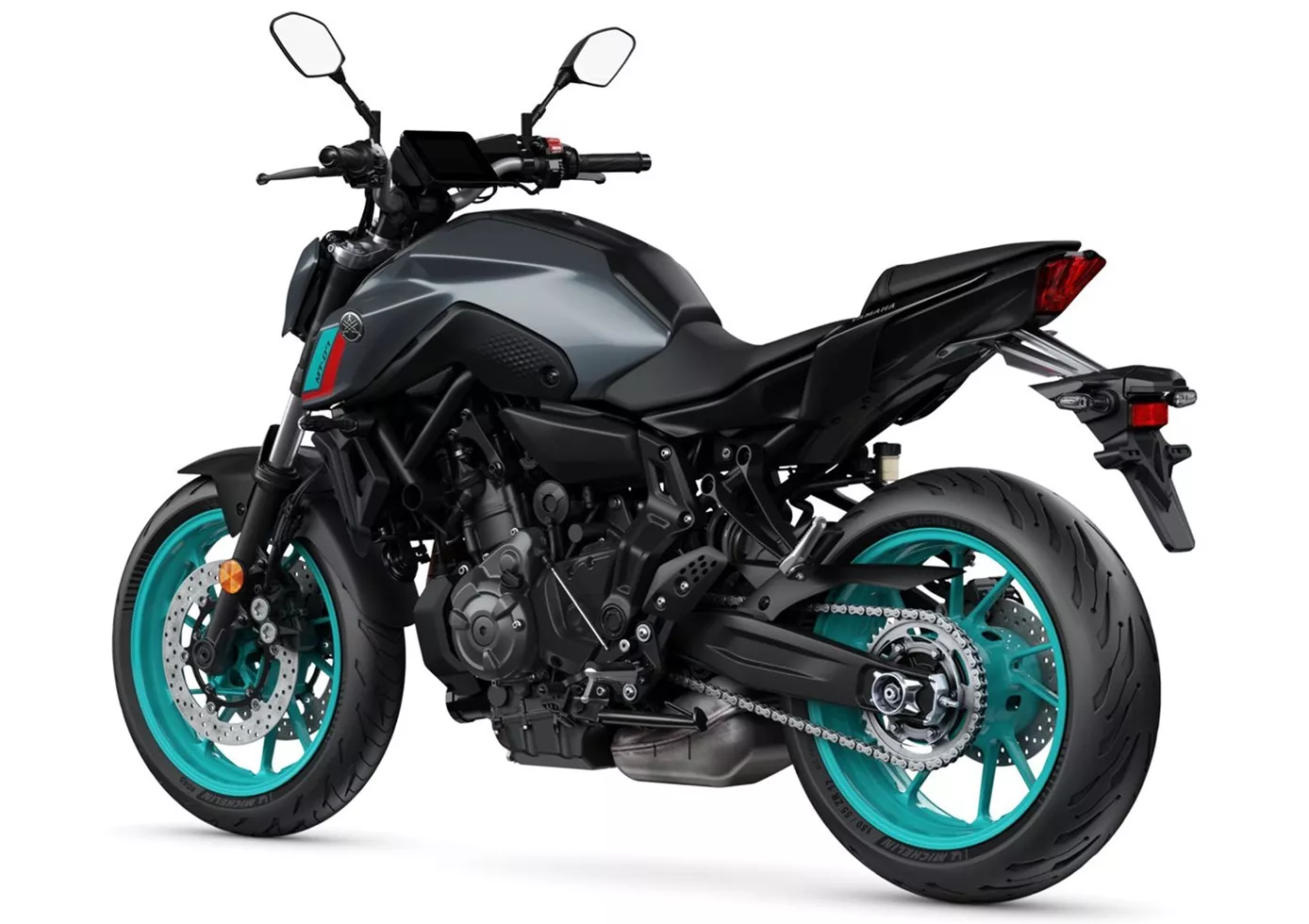
In model year 2023, the MT-07 is still a good and universally usable motorbike. Its problem is the tough competition. In a direct comparison, the engine now seems a bit limp and the equipment a bit uninspiring. The good riding position and uncomplicated handling are still good.
Price Comparison Avarage Market Price Suzuki SV 650 vs Yamaha MT-07
There are a few key differences between a Suzuki SV 650 2021 and a Yamaha MT-07 2023. In terms of price, the actual average price of a Yamaha MT-07 2023 is about 25% higher. Compared to Yamaha MT-07 2023 there are less Suzuki SV 650 2021 bikes available on the 1000PS.de Marketplace, specifically 13 compared to 166. It takes less time to sell a Yamaha MT-07 with 41 days compared to 111 days for the Suzuki SV 650. Since model year 2005 1000PS.de editors have written 25 reviews for the Suzuki SV 650 and 69 reviews for the Yamaha MT-07 since model year 2013. The first review for the Suzuki SV 650 was published on 9/26/2008 and now has more than 14,200 views. This compares to more than 12,600 views for the first review on Yamaha MT-07 published on 11/4/2013.
